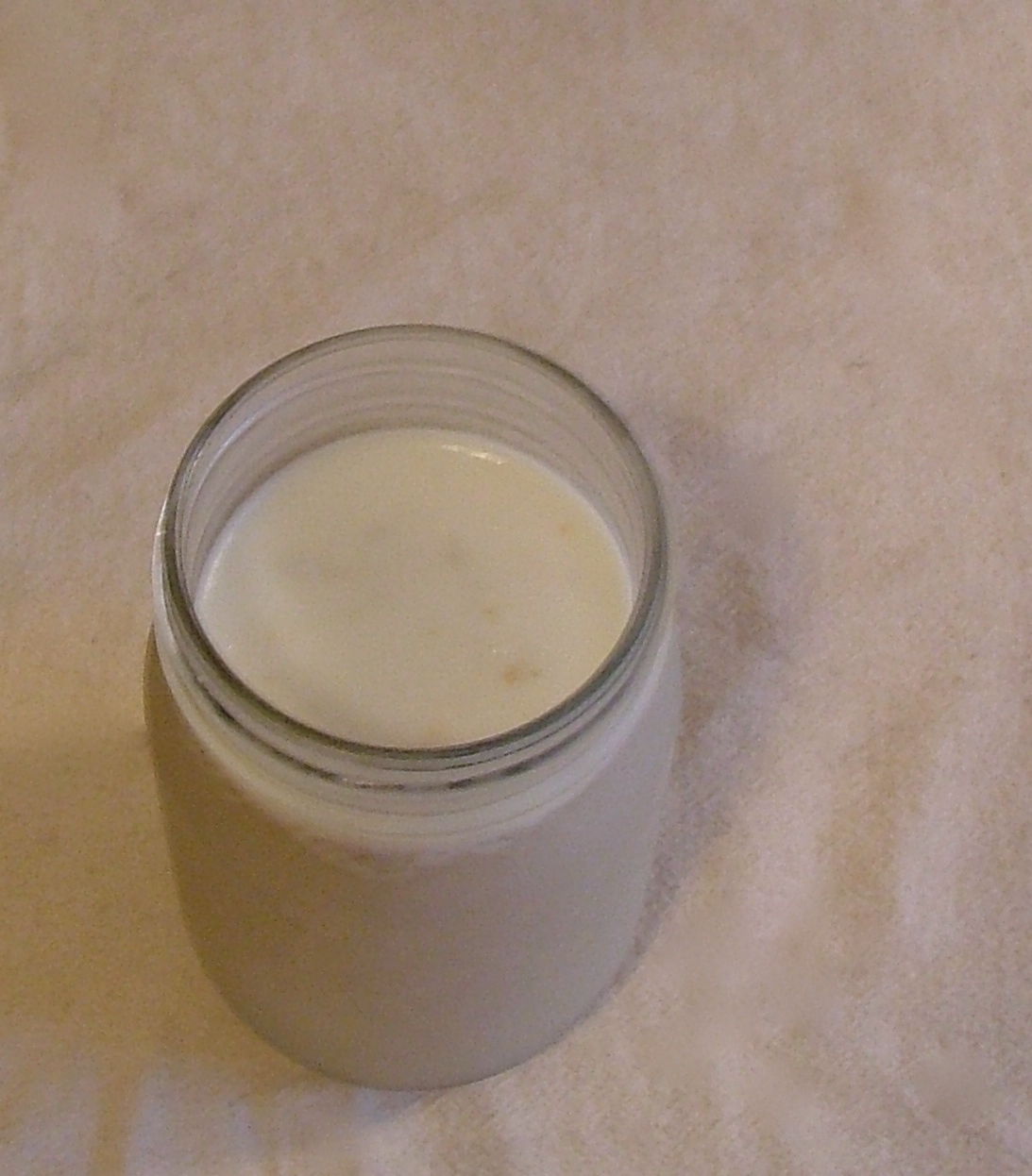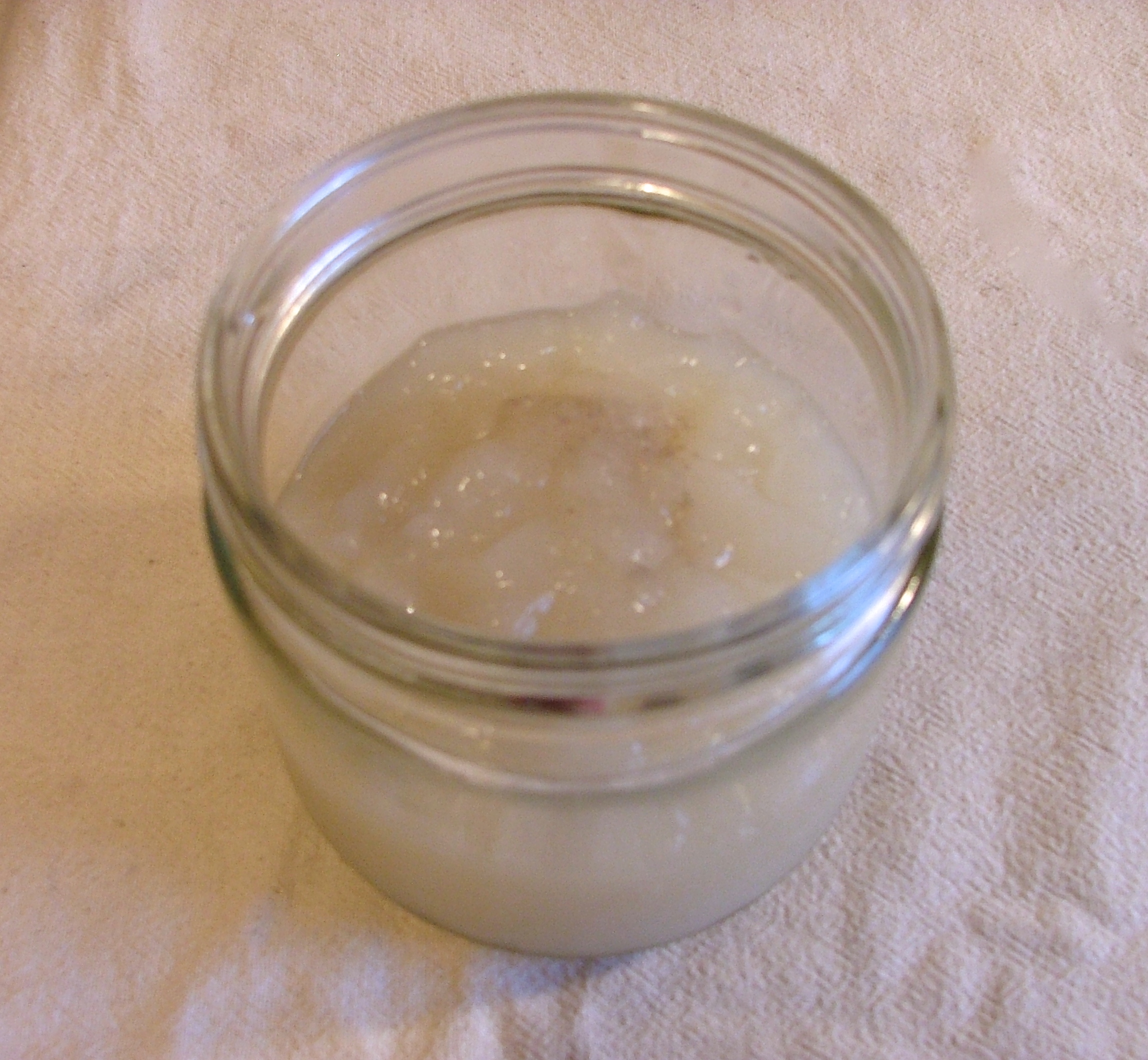Podcast: Play in new window | Download
Subscribe: RSS
Come Chat with Us on Social Media!
Brittany’s Facebook Alex’s Facebook
Brittany’s YouTube Alex’s YouTube
Brittany’s Pinterest Alex’s Pinterest
Brittany’s Instagram Alex’s Instagram
Updates
Alex’s Nutrient Boot Camp is under way! If you want to join us (which we would love!), you can sign up by clicking here.
Travel Tips
Things to buy at the airport: Starbucks has Kerrygold Butter so you can ask for a bulletproof coffee, large salad (or buy 2 small ones!) with protein on top (like chicken, steak or beef jerky/sardines you bring), nuts, soups (just make sure they’re not thickened with flour), bunless burgers with guac on top, or chipotle. Buy duty free if the airport options are slim abroad.
Things to bring with: Wild Planet tuna packets, sardines, salads, wraps, snack pack nut butters, olives, guac. Alex’s top travel foods can be found in this post. Brittany’s top travel foods can be found in this post. (Brittany’s philosophy: everything can be made portable with some planning. Alex agrees.) Take a small insulated lunch bag and throw away containers and utensils.
Click here to get your free PDF of The 15 Best Travel Fruits and Veggies. I keep mine in my pantry and take it to the store with me to make sure I’m not missing anything.
On the plane: most airlines have gluten free options that are rice based. But we recommend bringing food along anyway. You can look up specifically what foods the country you’re traveling to allows.
Traveling and Food Thoughts: While traveling, we’re much more flexible. We will try foods normally outside our typical diet as long as it’s not something that we’re severely intolerant to. We’re only in those countries for a small time…make the most of it!
Attitudes Abroad That We Might Consider Adopting: Food regulation is more strict with fewer additives overall. For more on this, check out Brittany’s pictures on Instagram. Much more concern for the environment. Signs posted everywhere for water conservation, limited use of paper items, and well-labeled recycling bins. People are more understanding of the seasonal aspects to food availability and make the most of what they have at the time. There’s not a sense of everything-is-available-all-the-time.
Click Here for Brittany’s Self-Care Tips for Traveling
Natural Flu Fighting
This episode is when both Brittany and Alex were sick…so excuse the nose sniffling and hacking cough.
Brittany got sick while traveling and resorted to Vitamin C rich smoothies and new medications/nasal spray to get through. Biggest traveling while sick lesson learned: Let your body rest, even if you’re missing a few things. Brittany’s plan at home includes chicken soup, sipping bone broth, and a honey/cayenne pepper/lemon/ginger throat soothing cocktail.
Alex also does a lot of bone broth, liver, and soups with loads of vegetables while sick. Warm water with lemon and lime juice squeezed in (vitamin C).
But mostly Alex does herbal remedies that include a virus fighting gargle rinse, ginger lime tea, oregano oil steam bath. See the complete list and other natural interventions here.
We love questions! Send us yours at [email protected]
Did you enjoy this podcast?
If so, please leave a review for us in iTunes and subscribe to get the latest episodes!
We are super grateful for you helping us get the word out!
You can get your free 15 Best Travel Fruits and Veggies by clicking here.




